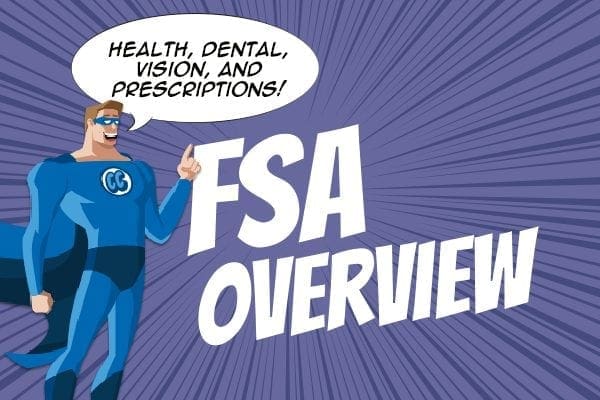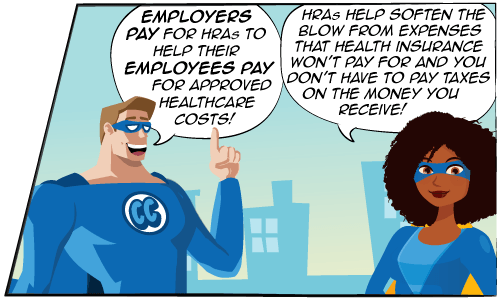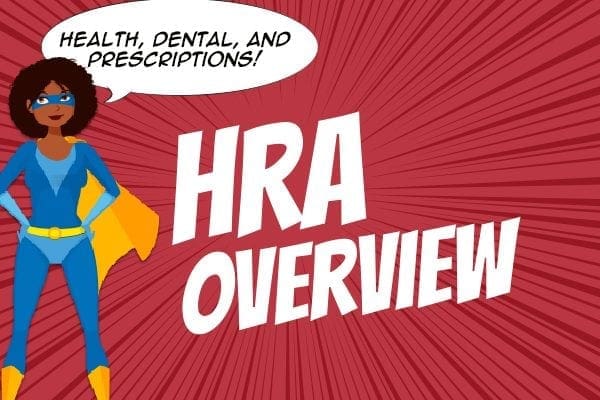



Health Reimbursement Arrangement (HRA) Overview
An HRA is an employer-sponsored benefit account funded ONLY by the employer. These accounts help employees pay for qualified healthcare expenses. There are four types of HRAs and each one is a little different than the other.
Taxes
HRA reimbursements are a tax deduction for the employer and are not considered taxable income for the employee. That makes it a win-win for both!



Funding
Your employer will decide how much is available in your HRA account for spending on eligible expenses. There are no mandated limits for most HRAs. Some HRA account balances may be front-loaded at the beginning of the year, every three months, or even monthly.
HRA accounts are owned by the sponsoring employer. If you leave the company for any reason, your employer keeps any HRA money you haven't used. Some companies allow retirees to use HRA funds. Check with your benefits administrator to see if your company offers a retiree HRA plan.
Plan Types
- Health Reimbursement Arrangement: Any employer can offer a “standard” or “traditional” HRA for use by employees enrolled in the company group health plan. The employer can choose healthcare costs the HRA covers from among all IRS-approved expenses. A Health Reimbursement Arrangement cannot be used to pay healthcare insurance premiums.
- Individual Coverage HRA (ICHRA): An ICHRA can be offered by any employer to any class of employees not eligible for group health coverage. In addition to IRS-approved healthcare expenses chosen by the employer, an ICHRA can cover individual insurance premiums for plans that employees buy on the open market.
- Excepted Benefit HRA (EBHRA): An EBHRA can be offered by companies of any size. The EBHRA can only be used to pay for premiums for dental and vision insurance, COBRA coverage, and other ‘excepted’ benefits.
- Qualified Small Employer HRA (QSEHRA): A QSEHRA can only be offered by “small employers,” those with 50 or fewer employees. QSEHRAs can reimburse for individual health insurance premiums as well as other employer-chosen, IRS-approved healthcare expenses.
Eligible Expenses
As HRAs have evolved, different types of HRA accounts have been created to serve different purposes. What you can spend HRA money on depends on what kind of HRA you have. However, there are thousands of products and services that can be covered, from deductibles to copays to braces. Be sure to check your plan document to determine which expenses your HRA covers.
Also, check your plan document to determine how you must document your use of HRA funds. Some plans require that you first pay the expense and then submit a receipt to be reimbursed, such as an invoice from the provider. Others do not require that you pay the bill first as long as you can document that you are responsible for the amount being claimed, such as by showing the insurance company’s Explanation of Benefits (EOB).
Need to Know!
- Qualified expenses vary by employer, and can include prescriptions, OTC medications, dental and vision expenses, copays, deductibles, and more. Refer to your Summary Plan Description (SPD).
- Unused funds may rollover each year, depending on plan design.
- Employers enjoy payroll tax benefits from contributions, while employees pay no taxes when the benefits account is used for eligible expenses.

